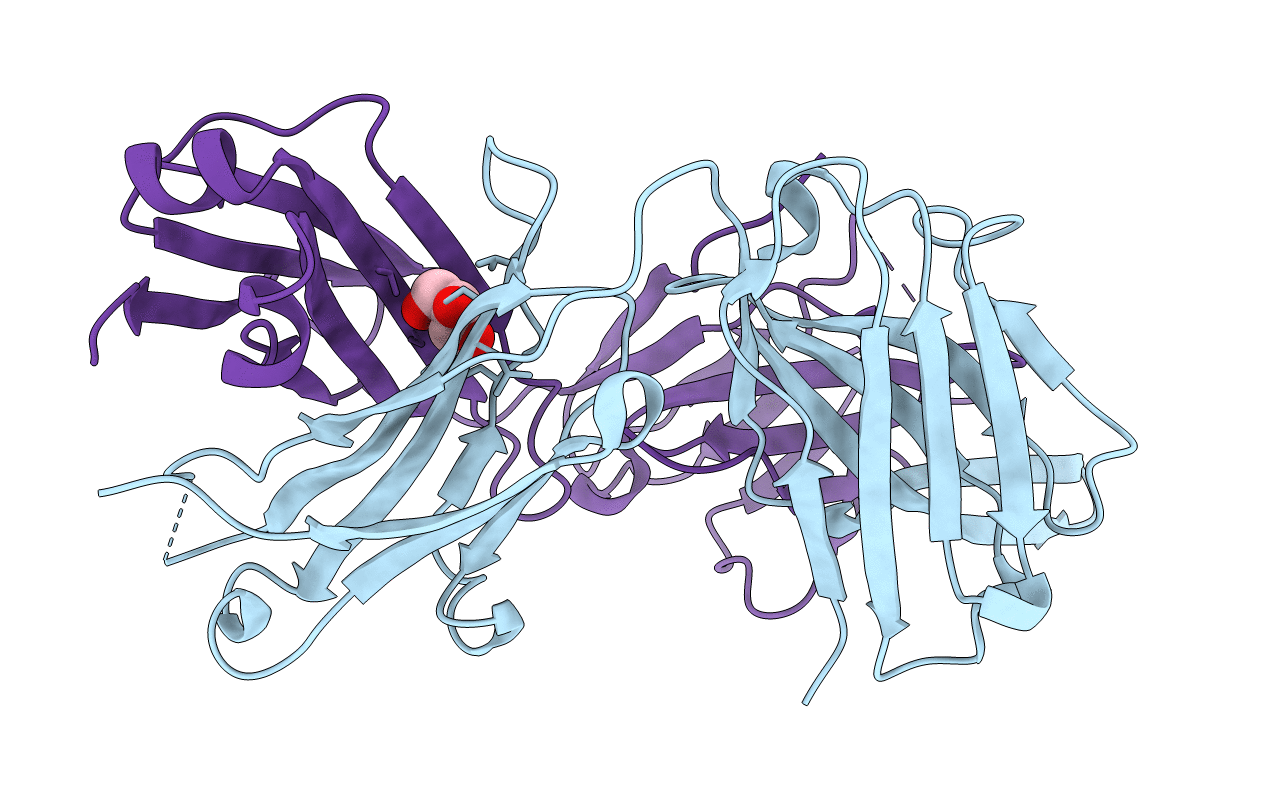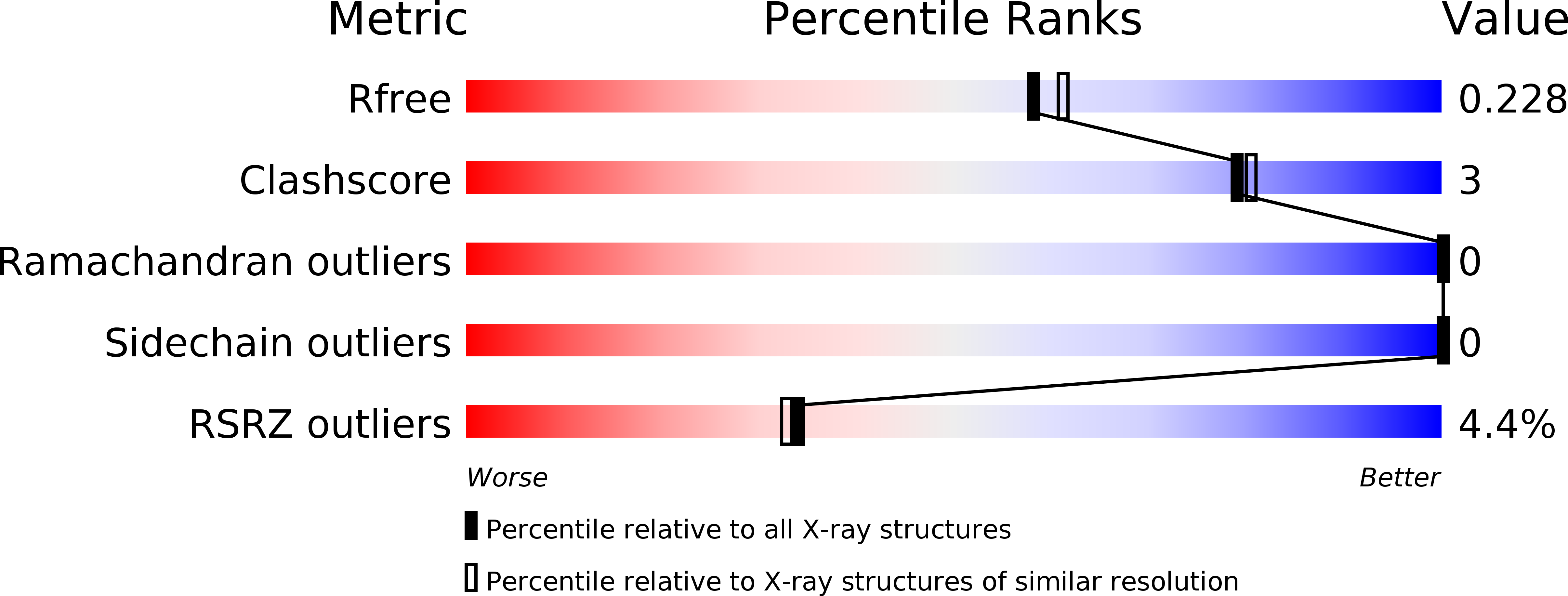
Deposition Date
2019-06-25
Release Date
2019-10-02
Last Version Date
2024-11-20
Entry Detail
PDB ID:
6PHG
Keywords:
Title:
Predicted germline variant of human transmission blocking antibody 2544
Biological Source:
Source Organism:
Homo sapiens (Taxon ID: 9606)
Host Organism:
Method Details:
Experimental Method:
Resolution:
2.00 Å
R-Value Free:
0.22
R-Value Work:
0.18
R-Value Observed:
0.18
Space Group:
C 1 2 1


